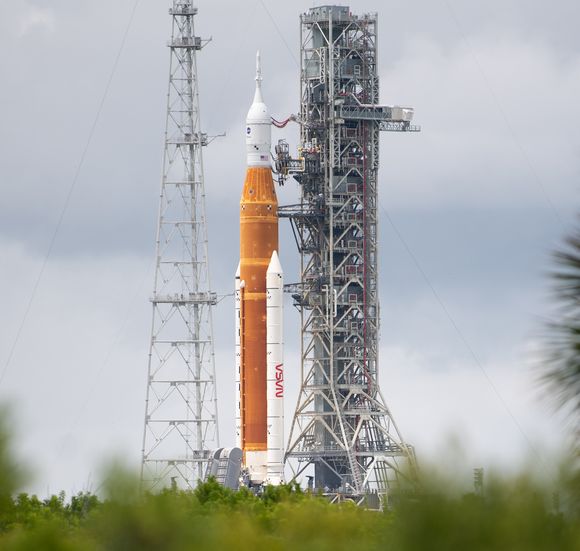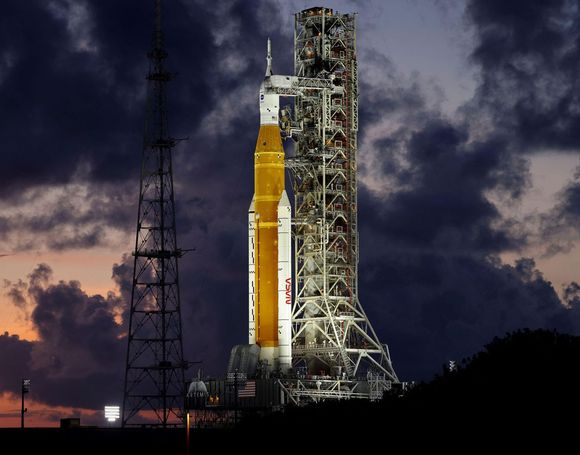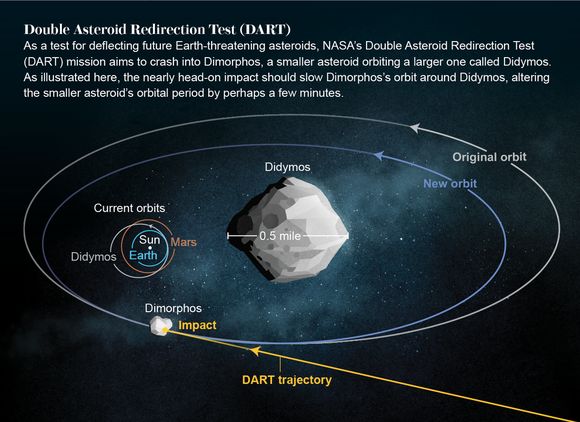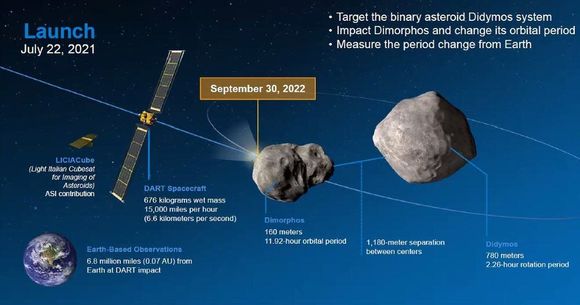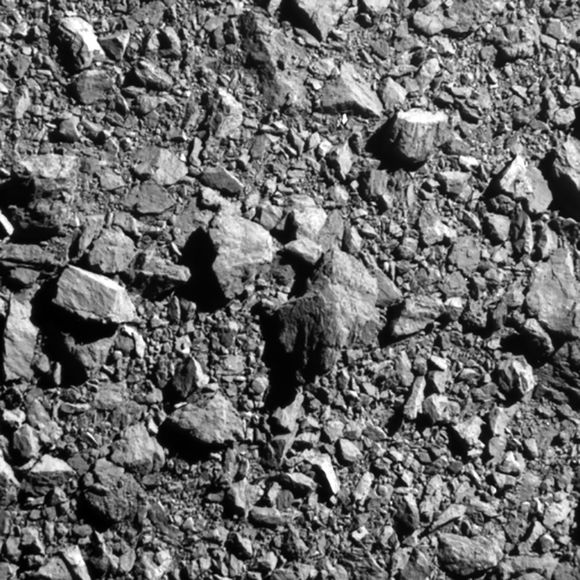So, the wait goes on. After two unsuccessful attempts to launch Artemis 1 due to fuelling leak issues it had been hoped that the SLS rocket would finally lift off from pad 39B before the end of September. Following successful cryogenic tanking tests and evaluation of the test data, NASA engineers appeared to have overcome the issues that dogged the previous two attempts. Everything was ready, for another attempt, but (there's always a 'but') this BUT was particularly savage - the intervention of hurricane Ian.
Hurricane Ian was upgraded to categary 4 on reaching landfall having a severe impact on Florida over the rescheduled launch window at the end of September. Based on the weather predictions for the Cape Kennedy area, controllers were left with no option but to remove Artemis 1 from launch pad 39B (not in the manner hoped for) and send it back on the 4-mile trek to the Vehicle Assembly Building (VAB) atop the crawler-transporter.
Teams at NASA’s Kennedy Space Center have now conducted initial inspections to assess potential impacts from Hurricane Ian. There was no damage to Artemis flight hardware, and facilities are in good shape with only minor water intrusion identified.
As teams complete post-storm recovery operations, NASA has determined it will focus Artemis I launch planning efforts on the launch period that opens Nov. 12 and closes Nov. 27. Focusing efforts on the November launch period allows time for employees at Kennedy to address the needs of their families and homes after the storm and for teams to identify additional checkouts needed before returning to the pad for launch.
DART Hits The Bullseye.
So as one major NASA mission was safely cocooned from the ravages of Ian, another NASA mission has crashed and burned... just as NASA intended. As part of NASA’s overall planetary defence strategy, DART’s impact with the asteroid Dimorphos demonstrated a viable technique for protecting the planet from an Earth-bound asteroid or comet, if one were discovered far enough out. DART (Double Asteroid Redirection Test) targeted the asteroid moonlet Dimorphos, a small body just 530 feet (160 meters) in diameter that is in orbit around a larger, 2,560-foot (780-meter) asteroid called Didymos. Neither asteroid poses a threat to Earth. The mission’s one-way trip confirmed that a spacecraft can be successfully navigated to intentionally collide with an asteroid to deflect it, a technique known as kinetic impact.
The investigation team will now observe Dimorphos using ground-based telescopes to confirm that DART’s impact altered the asteroid’s orbit around Didymos. Researchers expect the impact to shorten Dimorphos’ orbit by about 1%, or roughly 10 minutes; precisely measuring how much the asteroid was deflected is one of the primary purposes of the full-scale test.
The spacecraft’s Didymos Reconnaissance and Asteroid Camera for Optical navigation (DRACO) system, together with a sophisticated guidance, navigation and control system guided the 1,260-pound (570-kilogram) spacecraft through the final 56,000 miles (90,000 kilometres) of space into Dimorphos, crashing into it at roughly 14,000 miles (22,530 kilometres) per hour to slightly slow the asteroid’s orbital speed. DRACO’s final images, obtained by the spacecraft seconds before impact, revealed the surface of Dimorphos in close-up detail. Fifteen days before impact, DART’s CubeSat companion (LICIACube) deployed from the spacecraft to capture images of DART’s impact and of the asteroid’s resulting cloud of ejected matter.
With the asteroid pair within 7 million miles (11 million kilometres) of Earth, telescopes around the world and in space will observe the asteroid system. Over the coming weeks, they will characterize the ejecta produced and precisely measure Dimorphos’ orbital change to determine how effectively DART deflected the asteroid. The results will help validate and improve scientific computer models critical to predicting the effectiveness of this technique as a reliable method for asteroid deflection.
Keep abreast of the media for reports and live broadcasts. Visit https://www.nasa.gov/artemis-1 for all latest information. Visit DART mission. https://go.nasa.gov/3Rer1NW
Images- courtesy of NASA
- Log in to post comments

